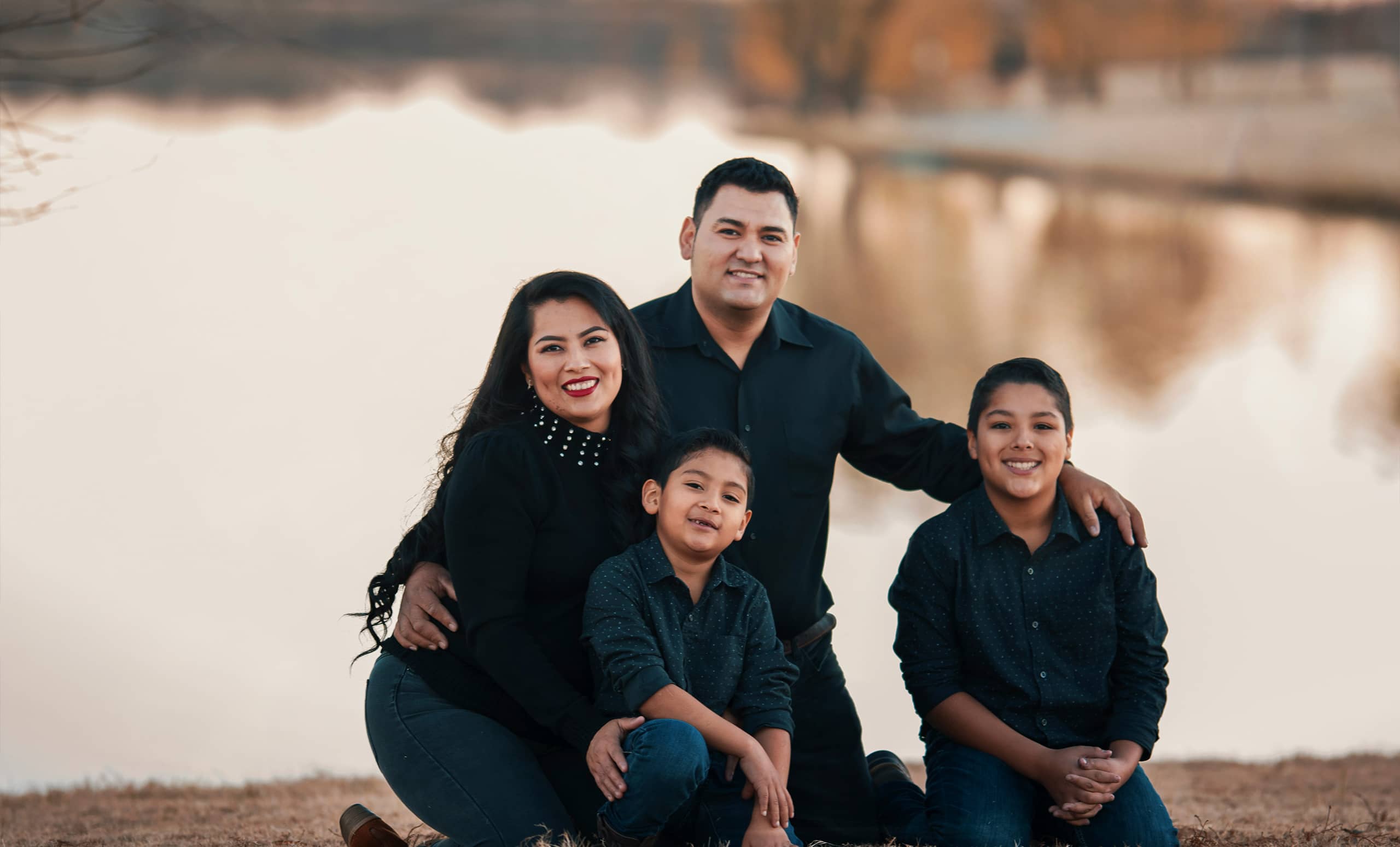HOW CAN A GUBINATORIAL PARDON HELP?
Federal immigration laws make noncitizens deportable on the basis of state criminal convictions. Congress implemented this scheme in ways that respected the states’ sovereignty over their criminal laws. As more recent federal laws have been interpreted, however, a state’s decision to pardon, expunge, or otherwise set aside a conviction under state law will often have no effect on the federal government’s determination to use that conviction as a basis for deportation. An immigrant defendant who entered an uninformed plea can seek post-conviction relief through a gubernatorial pardon. A Gubernatorial Pardon may be helpful in alleviating the immigration consequences that can cause deportation, denial of naturalization, or a bar of admission.
For lawfully permanent residents a gubernatorial pardon can be a defense against deportation. Individuals who have been convicted of a crime in California may apply to the Governor for a gubernatorial pardon. A gubernatorial pardon is an honor that may be granted to people who have demonstrated exemplary behavior following their conviction. A pardon will not be granted unless it has been earned. Historically, governors have granted very few pardons.
For most people, the first step in applying for a pardon is to obtain a Certificate of Rehabilitation from the Superior Court in the county where the applicant currently lives. People who live outside of California and people who are ineligible for a Certificate of Rehabilitation must use the Application for Gubernatorial Pardon. The procedure utilized will depend on the circumstances of each applicant.
How Can A Gubernatorial Pardon Help?
Gubernatorial pardons don’t guarantee an immigrant facing deportation could remain in the U.S., but they might have an effect. If an immigrant has a drug conviction that makes them subject to deportation and that conviction is pardoned, then deportation should no longer be an option. Full and unconditional pardons should be effective as a defense against deportation in cases where the conviction triggers certain removal categories such as immigrants with aggravated felony convictions or multiple criminal convictions. The federal government may deport an undocumented immigrant based on previous criminal convictions, even when those convictions are based on state law. In practice, a criminal conviction triggers the majority of deportation proceedings. According to U.S. Immigration and Customs Enforcement or ICE, for the 2016 fiscal year, 58 percent of total removals and 92 percent of removals from places other than the U.S. border were of persons with a criminal conviction. To combat injustice in a draconian system our State’s Governor has exercised his expansive pardon power which allows him to nullify criminal convictions in one’s past. Pardoning old convictions is another tool that an Immigrant Defendant can use to prevent unjust deportations of people that have lived in the United States for many years and have become productive members of society.
How To Apply For A Gubernatorial Pardon In California
How To Apply For A Gubernatorial Pardon In California
The State of California provides various sources of information for individuals seeking a pardon from the governor of California. The following information can be obtained from the State of California web pages.
Individuals who have been convicted of a crime in California may apply to the Governor for a pardon. A gubernatorial pardon is an honor that may be granted to people who have demonstrated exemplary behavior following their conviction. A pardon will not be granted unless it has been earned. Obtaining a pardon is a distinct achievement based upon proof of a productive and law-abiding life following conviction. Historically, governors have granted very few pardons. Applications generally will not be considered unless the applicant has been discharged from probation or parole for at least 10 years without further criminal activity during that period. There is no fee for applying for a pardon. The Governor of California cannot grant a pardon for a conviction from another jurisdiction, such as another state or a federal proceeding.
Actual Innocence
The Application Process
The Application Process For most people, the first step in applying for a pardon is to obtain a Certificate of Rehabilitation from the Superior Court in the county where the applicant currently lives. People who live outside of California and people who are ineligible for a Certificate of Rehabilitation must use a direct pardon application. The procedure utilized will depend on the circumstances of each applicant. 1. Certificate of Rehabilitation A Certificate of Rehabilitation is a court order declaring that a person convicted of a crime is now rehabilitated. Generally, any person convicted of a felony who still resides in California may apply to the Superior Court in the county where he or she lives for a Certificate of Rehabilitation, provided that the applicant meets the legal requirements of demonstrated rehabilitation. There are special rules that apply to individuals convicted of sex offenses. An application for a Certificate of Rehabilitation can usually be obtained from the court clerk, probation department, or public defender’s office. Once a petition is filed, the court may require an investigation by the district attorney and will schedule a hearing. If the Court issues a Certificate of Rehabilitation, the certificate is forwarded to the Governor’s Office where it automatically becomes an application for a pardon. The Governor’s receipt of a Certificate of Rehabilitation does not guarantee that a pardon will be granted. 2. Direct Pardon The direct pardon procedure is available to people who are ineligible for a Certificate of Rehabilitation. This procedure is used primarily by people who were convicted of a crime in California and now reside outside the state. The direct pardon procedure is also available to people who are not eligible for a Certificate of Rehabilitation because they have been convicted of specified sex offenses or misdemeanor offenses.
The Review Process
There is no requirement that the Governor take any action on an application for a pardon. Once a Certificate of Rehabilitation or a completed direct pardon application is received by the Governor’s Office, the Office typically forwards the application to the Board of Parole Hearings (Board). The Board may conduct a background investigation and make a recommendation on whether a pardon should be granted. The Board may contact the District Attorney, investigating law enforcement agency, and other persons with relevant information on the applicant. If the applicant has been convicted of more than one felony, the California Supreme Court must recommend granting a pardon before the Governor may do so. However, there is no obligation that the Governor seek a recommendation from the Supreme Court, in the first instance. The length of time needed to complete the pardon process cannot be predicted. Once a completed application has been received by the Governor’s Office, it is not necessary to contact the Governor’s Office to check on the status of an application. If the Governor takes action on an application, the applicant will be notified. Applicants should notify the Governor’s Office in writing if their mailing address changes.
Effect of a Pardon
A pardon does not seal the individual’s criminal record or expunge the record of conviction, and the pardon is itself a public record. When a pardon is granted, the California Department of Justice and the Federal Bureau of Investigation are notified so that they may update their records on the applicant. The pardon is filed with the Secretary of State, reported to the Legislature, and is a public record. If a pardon is granted, the Certificate of Rehabilitation or the application for a direct pardon will be reported to the Legislature in an annual report and will become a public record. However, specific personal information will be redacted (hidden) before the Certificate of Rehabilitation or the application is made available to the public.




